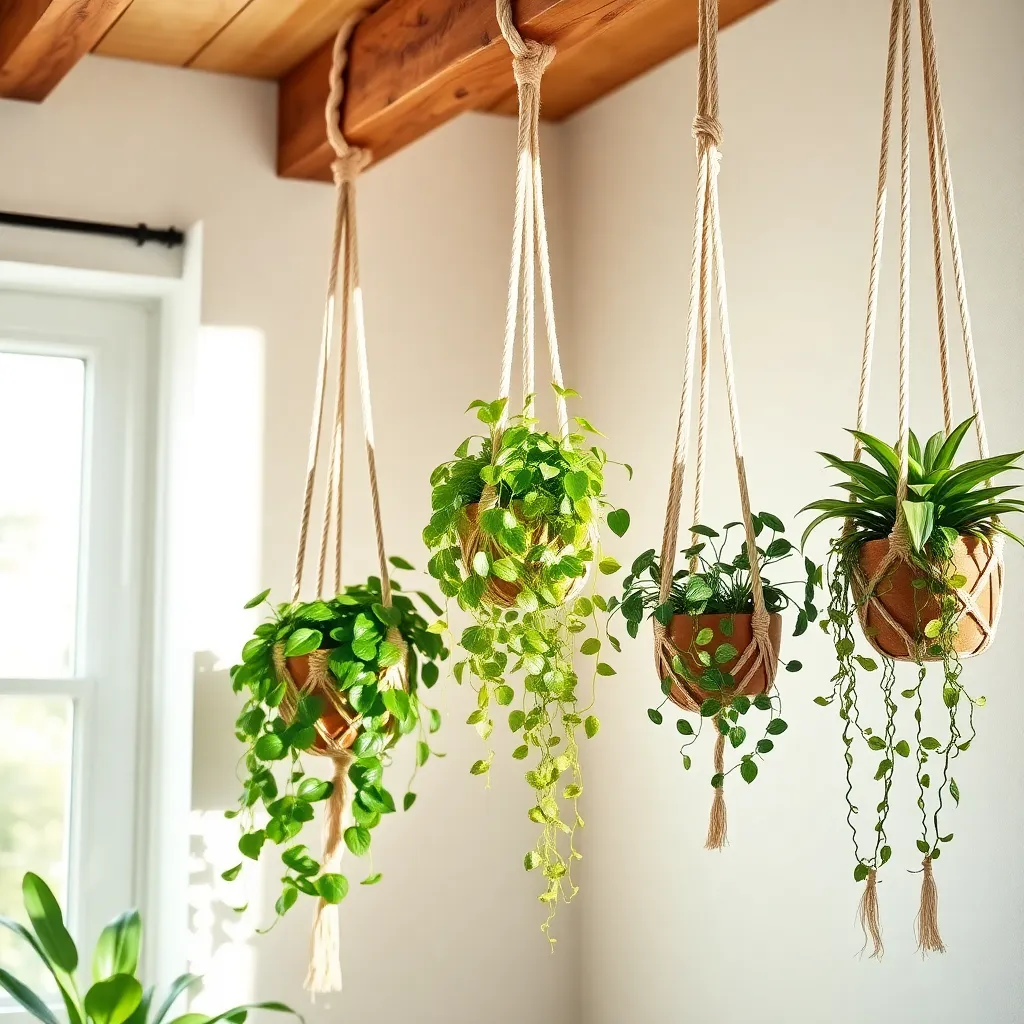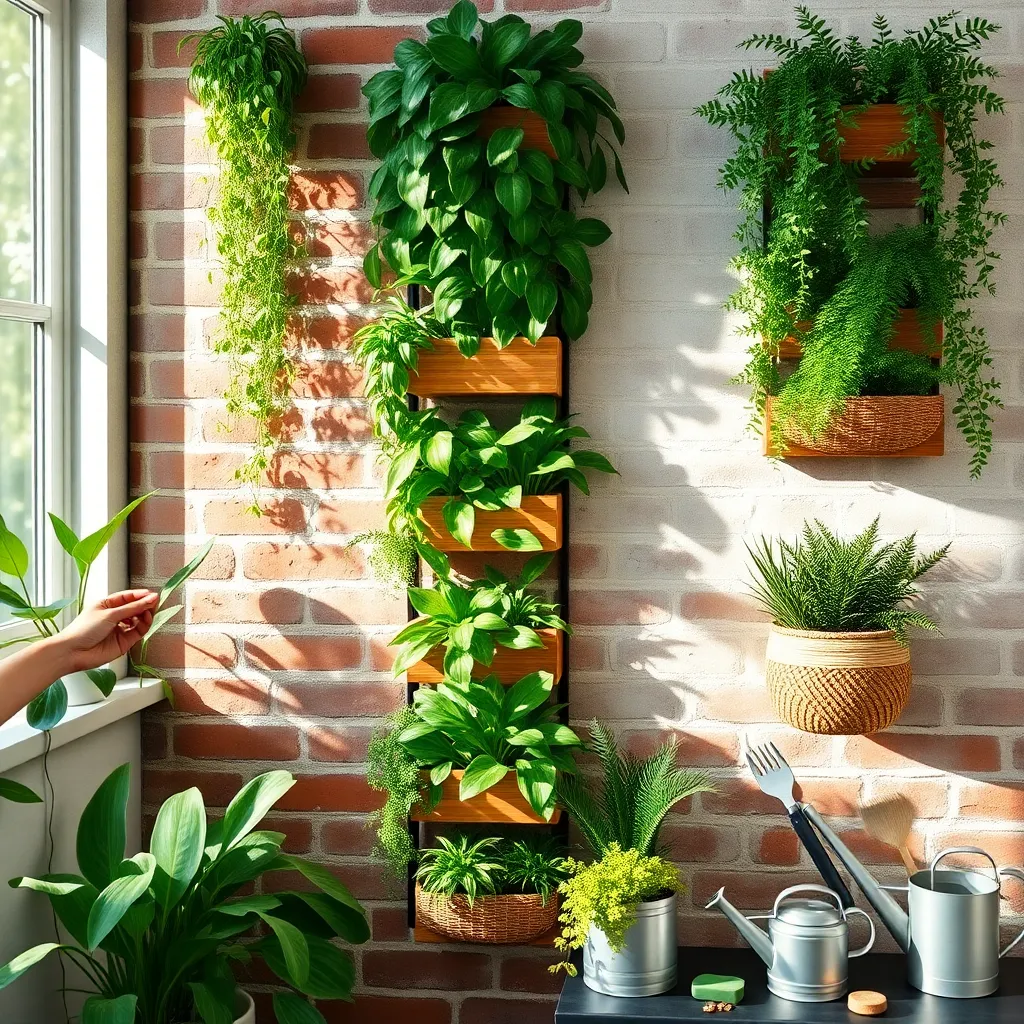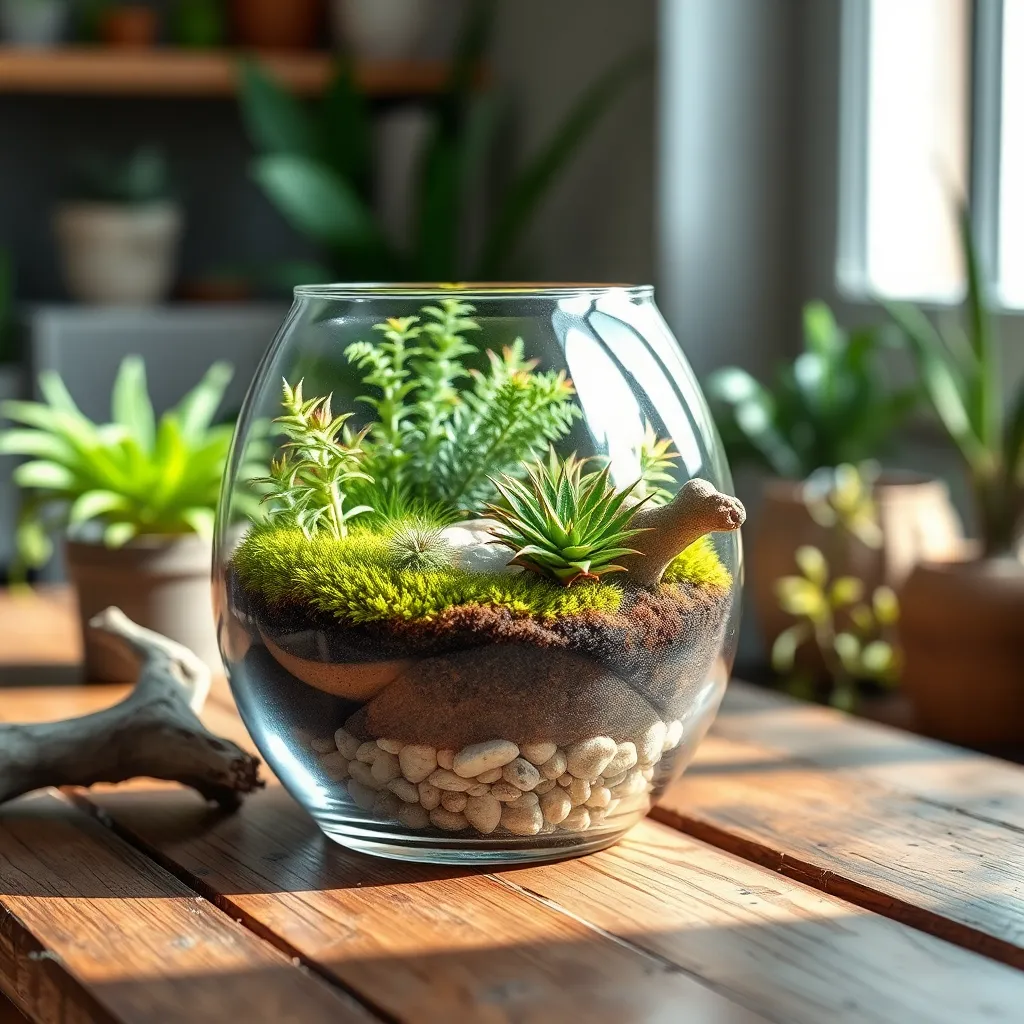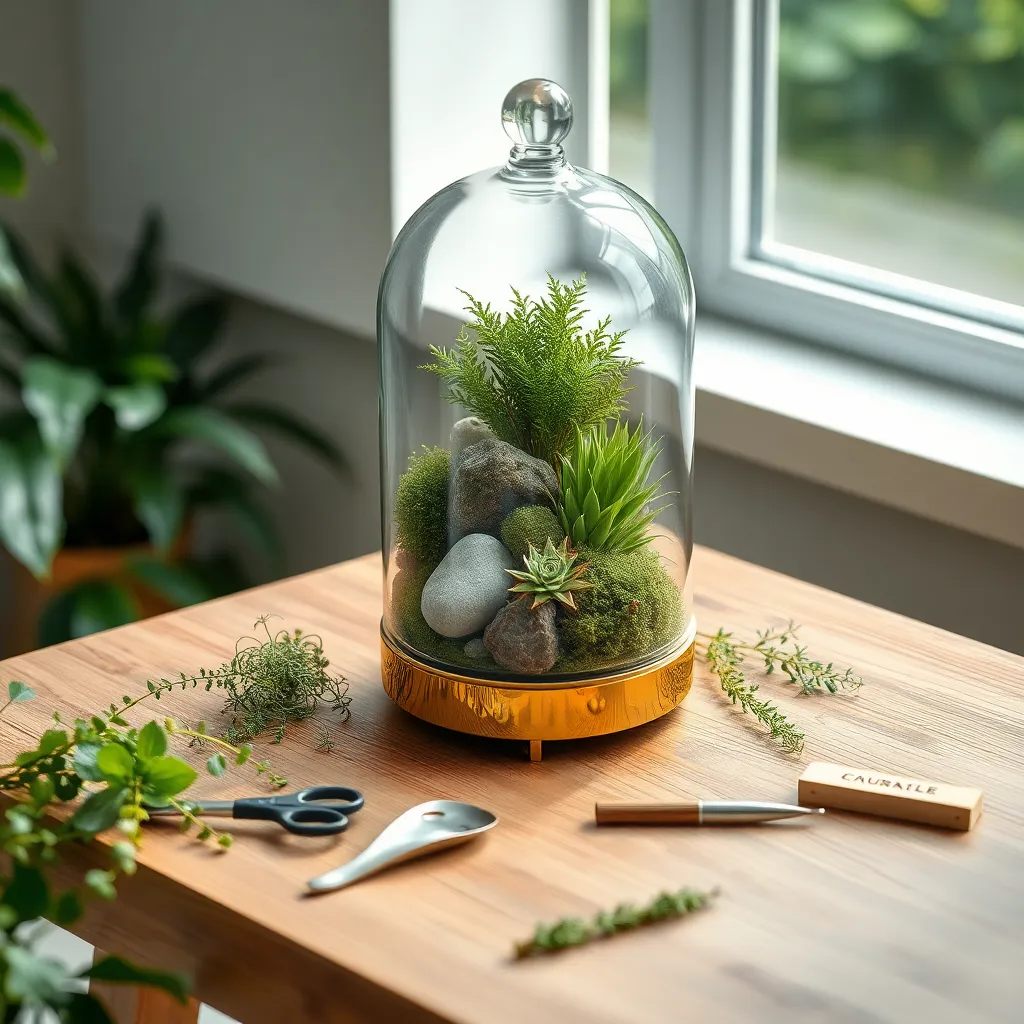Welcome to “Creative Ways to Display Indoor Plants,” where the art of gardening meets the canvas of your home! Whether you’re just beginning your green-thumb journey or you’re a seasoned gardener looking to refresh your indoor oasis, this guide is packed with innovative ideas that will inspire and empower you. Imagine transforming your living space into a lush sanctuary, where every corner brims with vitality and personal flair, making even the simplest room come alive.
In this guide, you’ll discover that indoor plants are more than just decor; they’re a testament to your creativity and care. This collection of ideas not only beautifies your home but also offers practical benefits such as cleaner air, improved mood, and a sense of accomplishment. As you explore these techniques, you’ll gain confidence in your ability to nurture and showcase your plants, unlocking the joy and rewards of successful gardening. Let’s embark on this exciting journey together, creating spaces that reflect the vibrant life within your home.
Utilize Hanging Macrame Planters

Hanging macrame planters bring a stylish, bohemian touch to any indoor space, making them perfect for displaying cascading plants. Choose trailing plants like pothos or string of pearls, as they thrive when elevated and allow their vines to drape beautifully.
When setting up your macrame planter, ensure it is hung in a spot that provides adequate light for your chosen plant. Most trailing plants prefer bright, indirect light, so a location near a window but out of direct sunlight is ideal.
Watering hanging plants can be a bit tricky, as excess water can drip onto floors. Use a saucer or a drip tray under the planter, and water thoroughly but less frequently, allowing the soil to dry out between waterings to prevent root rot.
For optimal growth, consider the type of soil you use in your macrame planter. A well-draining potting mix, often one formulated for succulents or cacti, helps prevent waterlogged roots, keeping your hanging plants healthy and vibrant.
Create a Vertical Plant Wall

Creating a vertical plant wall is a fantastic way to bring greenery into your home without consuming valuable floor space. This method is especially ideal for small apartments or rooms with limited space, offering a lush display that doubles as a piece of living art.
To start, select a suitable wall that receives plenty of indirect sunlight, as this is crucial for most indoor plants to thrive. You can use a variety of structures for your vertical garden, such as wall-mounted planters, pocket planters, or even repurposed wooden pallets.
Choose plants that are well-suited for vertical growth, such as ferns, pothos, or succulents, which require minimal maintenance and can adapt to vertical arrangements. It’s important to consider the specific care needs of each plant; for example, succulents thrive in well-draining soil and need infrequent watering, while ferns prefer consistently moist soil.
When assembling your plant wall, ensure that each plant has adequate space for growth and isn’t overcrowded, which can lead to poor air circulation and disease. Regularly assess the health of your plants and be prepared to rotate them based on their light requirements and growth habits.
For those looking to add a touch of creativity, consider interspersing your plant wall with decorative elements like small mirrors or fairy lights. This not only enhances the aesthetic appeal but also allows you to personalize your vertical garden to match your home décor.
Incorporate Plants in Terrariums

Terrariums offer a charming way to display plants while creating a mini-ecosystem that is both beautiful and functional. Selecting the right plants is crucial, as terrariums thrive with species that enjoy high humidity and low light, such as ferns, mosses, and air plants.
To start, choose a container that suits your style, whether it be an open jar or a closed glass globe. Closed terrariums are ideal for moisture-loving plants, as they create a self-sustaining environment by trapping humidity.
When planting, use a layer of small stones at the bottom for drainage, topped with activated charcoal to keep the air fresh and prevent mold. Add a layer of potting soil suitable for indoor plants, ensuring it is lightweight and well-draining to support healthy root growth.
Arrange your plants with taller varieties in the back and shorter ones in the front, considering their light and space needs. Be mindful of overcrowding, as plants need room to grow and spread within the terrarium.
Watering is key—aim to keep the soil moist but not waterlogged, especially in closed terrariums where evaporation is minimal. Monitor your terrarium regularly, adjusting water levels and trimming plants as needed to maintain a healthy balance and prevent overgrowth.
Use Floating Shelf Displays

Floating shelf displays can be a stylish and functional way to showcase your plants while saving valuable floor space. To create a striking display, choose shelves of varying lengths and heights, ensuring they are securely mounted to support the weight of your pots.
When selecting plants for your floating shelves, consider those that thrive in indirect light, such as pothos, ferns, or spider plants. These plants are not only easy to care for, but they also add lush greenery to your living space.
It’s important to use lightweight pots to prevent overloading the shelves. Opt for pots with drainage holes, and place a small saucer underneath each to catch excess water and protect your walls and floors.
Think about using a consistent color palette for your pots to create a cohesive look. Alternatively, mix and match different textures and colors for a more eclectic design that adds character to your home.
Arrange Plants in Glass Cloche

To create an enchanting display, consider arranging plants under a glass cloche. This setup not only highlights the beauty of your plants but also provides a mini greenhouse effect, which can be beneficial for humidity-loving species.
Begin by selecting small plants that thrive in high-humidity environments, such as ferns, mosses, or orchids. Ensure the plants are small enough to fit comfortably under the cloche, allowing some space for air circulation.
Place a layer of pebbles or activated charcoal at the bottom of the cloche to aid with drainage and prevent mold growth. Then, add a good-quality potting mix that retains moisture but also allows for proper aeration.
Water the plants sparingly, as the cloche will help retain moisture. Aim for a light misting once a week, ensuring the soil is slightly damp but not waterlogged, to maintain the right balance.
Conclusion: Growing Success with These Plants
In exploring the art of displaying indoor plants, we’ve uncovered five key relationship concepts that parallel the nurturing of both flora and personal bonds. First, fostering growth in a relationship, much like a plant, requires consistent care and attention. Second, creativity in arrangements can breathe new life into your connection, just as varied plant displays refresh your space. Third, recognizing and adapting to each other’s needs mirrors the necessity of choosing the right conditions for plant health. Fourth, patience is essential; just as plants take time to thrive, so do relationships. Finally, balance is key—balancing sunlight, water, and nutrients for plants is akin to balancing time, communication, and affection in relationships.
As an immediate step, consider introducing a new plant to your home as a shared project to strengthen your bond. This small act can be a symbolic reminder of your commitment to growth together. To ensure these insights remain at your fingertips, bookmark this article for future reference.
Looking ahead, remember that successful relationships are cultivated with intention and creativity, much like a flourishing indoor garden. Embrace the journey and watch your connections grow stronger every day.
